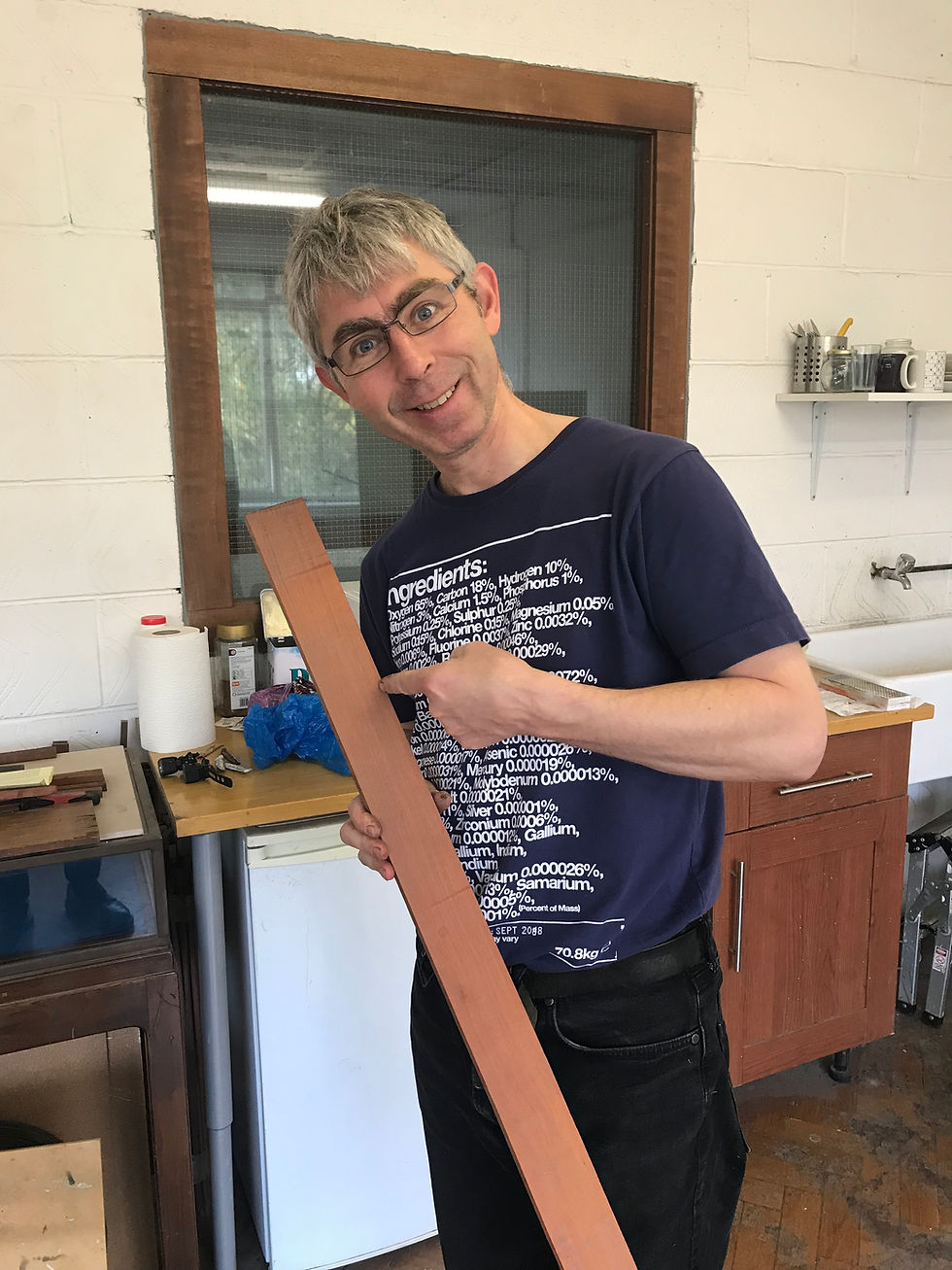It's just a piece of wood, innit?
I would like to take a moment to ramble on the subject of variation in bows. And I mean in particular bows for violin, viola and cello, because double bass bows are more free in their specifications, and I’ll leave them for another time. Although there is a general idea of how much a bow should weigh, where it should balance and how long it should be, anyone who has gone looking to buy a bow will have found that they all feel different and it can take months of searching to find the one that brings the best out of an instrument and suits a player’s technique.
So why is there so much variation? Are they deliberately made differently because musicians are all different? Or is it more accidental?
Choosing a bow is often likened to young wizards choosing their wands (or vice versa), or to hopeful singletons looking for their ideal match. Someone once said to me, on the subject of matchmaking, that just about any two people of the same orientation could pair up and have a happy and fulfilling relationship if they tried. It would make an interesting social experiment, and there’s probably a Hollywood movie in there somewhere. But the analogy breaks down when applied to a player and a bow because the bow makes no effort to ‘love you back.’ It just does what it does. Hmm, that reminds me of an ex… Sorry - I got distracted.
Wood is so variable in its inherent properties, even within a single species, that two bows of the same dimensions will differ in weight, balance and flexibility. Carbon fibre bows, on the other hand, are made on a system which allows for no material variation, and bows of any one production line or manufacturing technique are nominally identical. And they have become increasingly popular and refined as materials technology develops. Nevertheless, within a given brand, players have to accept a ‘one bow suits all’ approach. Not so with wooden bows. Carbon fibre bows may be nearly indestructible and made from guaranteed non-endangered species, but there is a variation of playing qualities missing which is only found in wooden bows.
Pernambuco is the traditionally accepted wood for making the shaft, or stick, of the bow. It is this part which provides most of the bow’s playing characteristics. The physical properties of pernambuco, as with other woods, varies considerably from one log, or plank, or even one part of a plank, to another. Thus, sawing several bow blanks out of a single plank does not guarantee the production of similar bows.
Makers use a range of techniques to assess the wood, and even so there is an element of uncertainty in how it will turn out. They will stare at, tap, flex, float and pulsate the bow blank with ultrasound and still it won’t give up all its secrets until it is finished. A bow stick that is stiff can be made more flexible by thinning it, but that will reduce its weight and alter the balance point. Similarly, a stick which is dense and heavy can be made lighter by thinning it, but this will change the stiffness. Wood that is flexible may be kept stronger by keeping the bow stick thick, and thus heavier. Compromise is usually necessary, and difficult decisions have to be made. That’s why bow makers become mentally unstable, and it’s why bows are all different.
Wood grain is beautiful to see and it also offers a clue to the playing qualities of the bow. The orientation of the tree rings through the wood matters, so that blanks sawn ‘on the quarter’ will be stronger than their opposite numbers. (Next time you come to have your bow rehaired, ask me to show you the grain orientation of your bow stick, and the telltale medullary rays!)
Since it is impossible to know exactly how a bow will feel and perform until it is finished, I don’t make bows to order. Instead I prefer to have a selection of bows in stock for clients to try out and judge for themselves. Please contact me if you would like to come over and try some out.

The small vertical lines are the medullary rays. They indicate that the tree rings are emerging exactly perpendicular to the surface of the wood (see the sketch below for a visual aid).

Some ways of testing the bow blanks:

The Lucchi meter, invented by Giovanni Lucchi in the 1980s, is used to measure the speed of ultrasound in wood (and other materials). The faster the pulse travels through the wood, the stiffer the fibres are, which indicates a stronger and more responsive stick.

Testing the relative density of two bow blanks. The wood is tested to see if it will float, and if so, by what amount. For instance, if a fifth of it sticks out of the water, it has a relative density of 0.8. If it barely floats, it has a relative density of 1.0 and if it sinks, it has an RD of more than 1.

By holding a blank (an unmade bow stick) vertically between the thumb and forefinger, approximately one fifth of the way along its length, and tapping the long section, a distinct note will be produced, varying in pitch according to the stiffness of the wood fibres. A higher pitch will indicate stiffer fibres and thus a stiffer bow stick.























